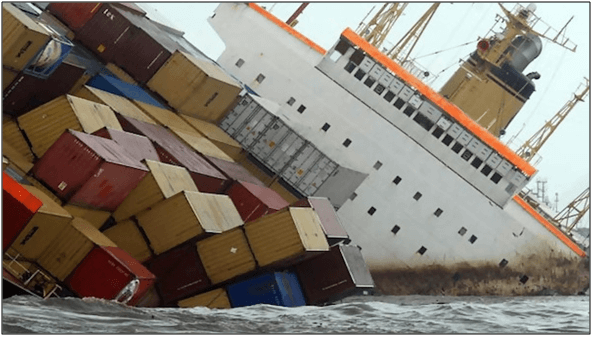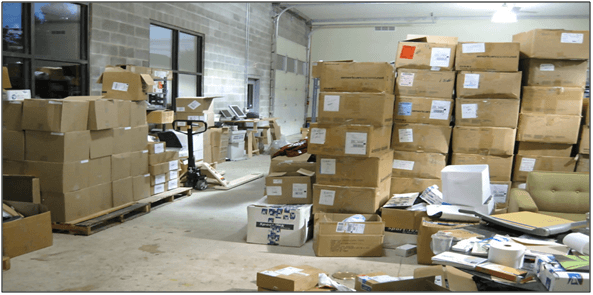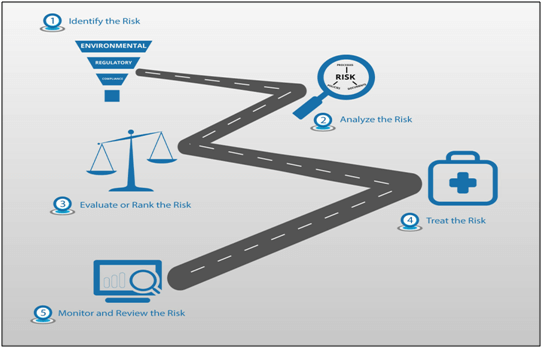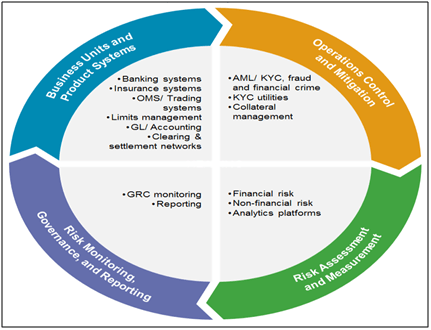Risk comes in many forms, and the risks faced depend on the nature and complexity of the business. The risks can arise from natural disasters and terrorist activities to finance and technological failures that may disrupt the global supply chain. The key is to identify and quantify the specific risks associated with the different types of business and mitigate those identified risks accordingly.
Table of Contents
Attributes of Logistic Risks
Logistic risks refer to the risks that are exposed to the logistics operation that hinders a smooth performance for the overall supply chain. Logistic risks can be considered in any form from every global supply chain perspective. It is referred to uncertain probabilities or threat of damages, injuries, liabilities, loss, or any other negative occurrence that is caused by external or internal vulnerabilities. However, risks may be avoided through pre-emptive action.

Damages from Logistic Risks
Logistics damages can be identified as negligence in the handling of goods, such as improper packaging of produces and storage to poor labelling of goods.

Injuries from Logistic Risks
Unkempt warehouse, lack of proper tools and procedures can result in poor work process, injuries to employees, and even prove to be fire hazard. Without proper maintenance of the warehouse, there is also high risks in equipment failure which may result in injuries or damage to the goods.

Cargo Losses from Logistic Risks
Unforeseen occurrences such as pirate activities, fire accidents and harsh weather might cause shippers to lose millions of dollars in damage or lost cargo. It is vital for the planning and executing of the cargo load distribution on the ship, so as to avoid this kind of misfortunes.

Logistic Liabilities
Logistic liabilities, such as criminal activities involvement during the movement of goods are seen as part of logistics risks. With multiple contracts in the mix, it is easy for shippers and carriers to be left in the grey area in terms of taking ownership of particular incidents that may result in injuries or property damages. From shippers to carriers, agents to consignees, everyone has to be clear on their responsibilities throughout the entire proceedings, which should lower the risks significantly.


Service Providers and their Classification
A company or intermediaries that provides management over the flow of goods, that are being contracted on behalf of a shipper that transports raw materials and finished goods via truck, rail, ocean or airplane from point A to B. The main advantage of working together with the service providers is that, it allows the company to gain the opportunity to work with a variety of companies that can even be from different industries.
Service providers can be categorized as follows: Carriers, Intermodals, Technology or Software, Associations, Advisory/Management Company. There are supply chain technology firms which offer supply chain software’s such as WMS, TMS and ERP. An outsourced logistics provider that specializes in integrated operations of warehousing and transportation services such as the 3rd party logistics (3PL) or 4th Party Logistics. (4PL).
Carriers that provide the differential preferences of mode movements to the companies ranging from truckload freight shipping, truckload, intermodal. Advisory or management consulting companies that offer various range of advises and consultancies like the Big 4, Niche/ Boutique Firms.
Logistic Risks Assessment Methodology
1. Risk Identification and Automated Risks Monitoring
Identify the risks that the business is exposed to in its operation. Gather as much of these risks factors as possible. Software technology can now automate the entire risk management process and the technology is neither expensive nor difficult to implement. All risks can be mitigated and managed as quickly and efficiently as possible as stakeholder will be automatically notified.

2. Increase Stakeholders in Risk Discovery
Business needs to create a way for everyone to collaborate and provide information about risks. Getting everyone involved ensures that as many risks as possible are identified and also gives them a sense of ownership in the process.

3. Risk Prioritization
Component in risk management framework is to prioritize and rank risks. Risks are distributed into different level of risks depending on its severity. Categorizing risks accordingly to the level of threat imposed to the future of the business. A risk matrix can be used to define the level of risk by considering the category of probability or likelihood against the category of consequence severity.

4. Risks Visibility
GRC system aids in compiling different compliance, risk, and governance related functions within one system.

Risk Management for Service Providers
1. Identification of Risks
The identification of risks is through thorough analysis, assessment, control, and avoidance, minimization, or via elimination of unacceptable risks. Understand the appointed service providers, assess the capabilities and performance of service providers, and understand the business requirements substantially when choosing the right service providers.
The full content is only visible to SIPMM members
Already a member? Please Login to continue reading.

